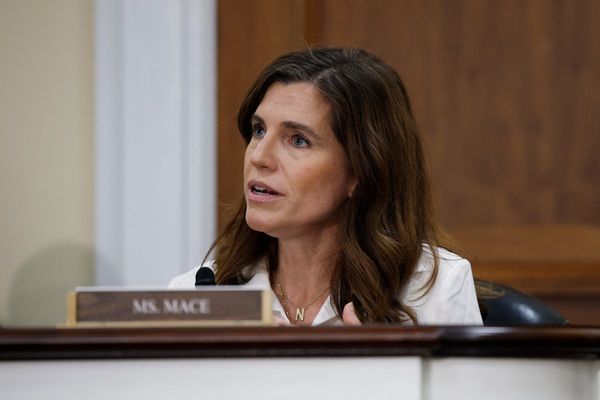
The ancient Persian city of Susa is mentioned in the Book of Esther, the book of Daniel and the book of Nehemiah – pointing to its importance in the ancient near east. The ruins of Susa are near the current city of Shush, which had kept the name alive to this day.
Under the Shah of Iran, Israel prize winner Dr. Gabriel Barkai was able to take part at an excavation in what was once an important Persian capital. "As an Israeli archaeologist, and as a Jew, I felt as if I took a step into the drama that takes part in the book of Esther," he told Ynet, "in the city in which all the events took place."
"Today we can't even dream about it [visiting Iran]," he said, "but I hope a day will come in which we could visit Iran and see some of it. The Iranian people are a good and peace-loving people," he added.
He recalled a bus trip in which at some extremely beautiful point overlooking a grand valley "the driver stopped and all the passengers got out to give their blessings for the creator of such beauty."
Susa was one of five major cities in the Persian empire, which really did extend from west India to north-east Africa. The wine-loving king depicted in the book of Esther was believed by many to be Xerxes the First. The bible wasn't the only to depict the important ruler, he was also the main character in the Ancient Greek play The Persians by Aeschylus. Modern adaptions have been made, such as the 2007 movie 300, in which Rodrigo Santoro assumed his character.
The excavations in Susa had been ongoing for the past 150 years. At the time Barkai was able to visit, they were run by the French archaeologist delegation [DAF] under Jean Perrot.
Perrot, who lead DAF in Jerusalem for nearly 35 years, spoke Hebrew and invited Israeli archaeologists to join him, which is how 25-year-old Barkai ended up there.
"One of the things I still remember is how they built a small garage near the site which was composed entirely of mud bricks brought in from the dig," he said. "One would believe these were plain bricks but once inside I saw they all had inscriptions from different times," Barkai added.
"The 'garage' was simply a trick," he said, "to prevent them from being stolen! As an Israeli scholar not used to such a great wealth of texts I was stunned, some of the inscriptions were in Aramaic."
One of the findings was the hall in the palace of Susa which is known as Apadana. Barkai drew the plan of the palace and calls it "a majestic palace." Pointing to a series of carved stone columns he believed it "matches the palace of Ahasuerus from the book of Esther as it has inside gardens, halls and courts."
He also remembered how he stayed with a Jewish family in the city of Shiraz and impressed the children for his ability to pray in Hebrew. He was the first non-Iranian Jew they had even seen.
"I hope a day will come in which we will be able to renew our ties with Iran," he said, "to visit the sites and met the people of Iran once more."
Dr. Barkai will give a special Purim lecture on the ancient city of Susa in HaMasu'ot Lookout in Jerusalem [14 Martin Buber St] on March 26.







